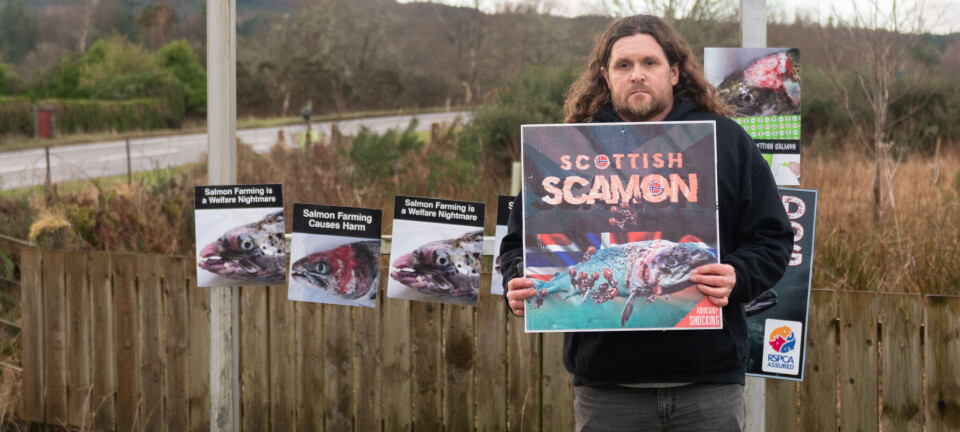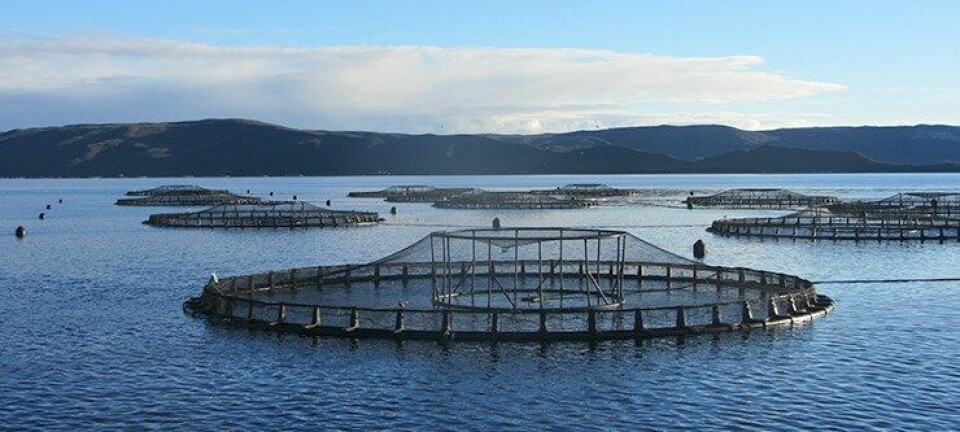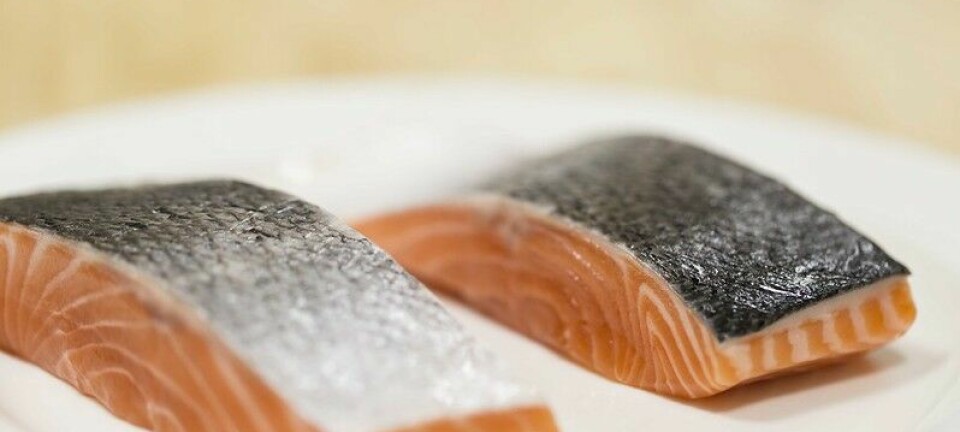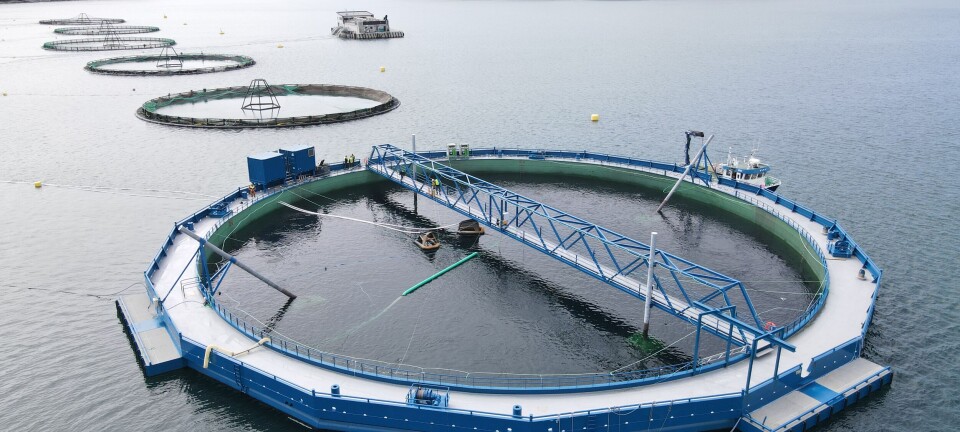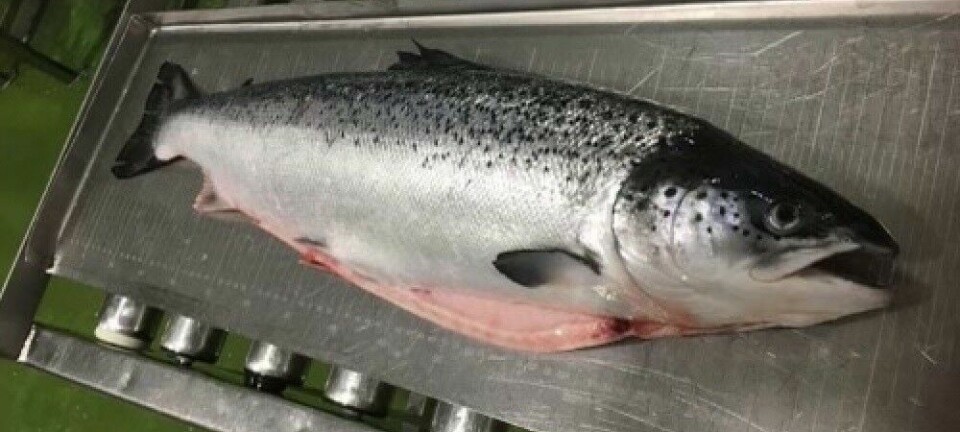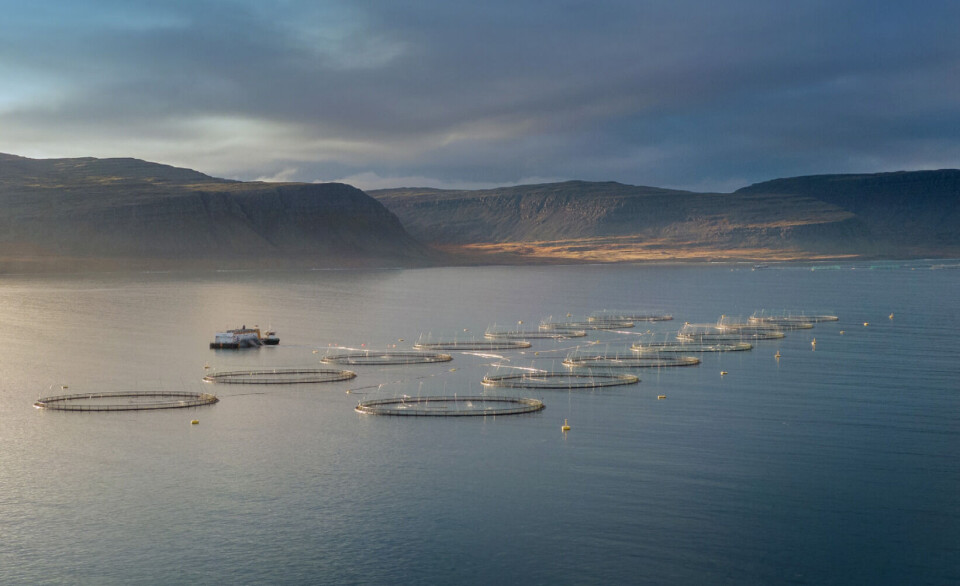
Lice problems pushed Iceland fish farmer into the red last year
SalMar subsidiary now better prepared to combat the parasite, says chief executive
SalMar subsidiary Icelandic Salmon, which owns Iceland fish farmer Arnarlax, made an operating loss of €5.89 million (£5.03m) last year, it said in its 2024 annual report published today.
The operating loss represents a €26m reverse from the year before, when Icelandic Salmon made an operating profit of €20.8m. Harvest volume in 2024 was reduced to 11,676 tonnes (2023: 17,919 tonnes).
The company made a pre-tax loss of €950,000, compared to a profit of €10.20m in 2023. Icelandic Salmon registered an operating loss of €0.50 per kilo, down from an operational EBIT of €1.13 per kilo in 2023.
"In 2024, we faced a reduction in harvested volume due to biological challenges but used the year to strengthen operations and prepare for future growth, said chief executive Bjørn Hembre in a press release.
“Our dedicated employees have done a good job to improve our operational routines. I want to thank the entire team for what they have achieved in a demanding year.”
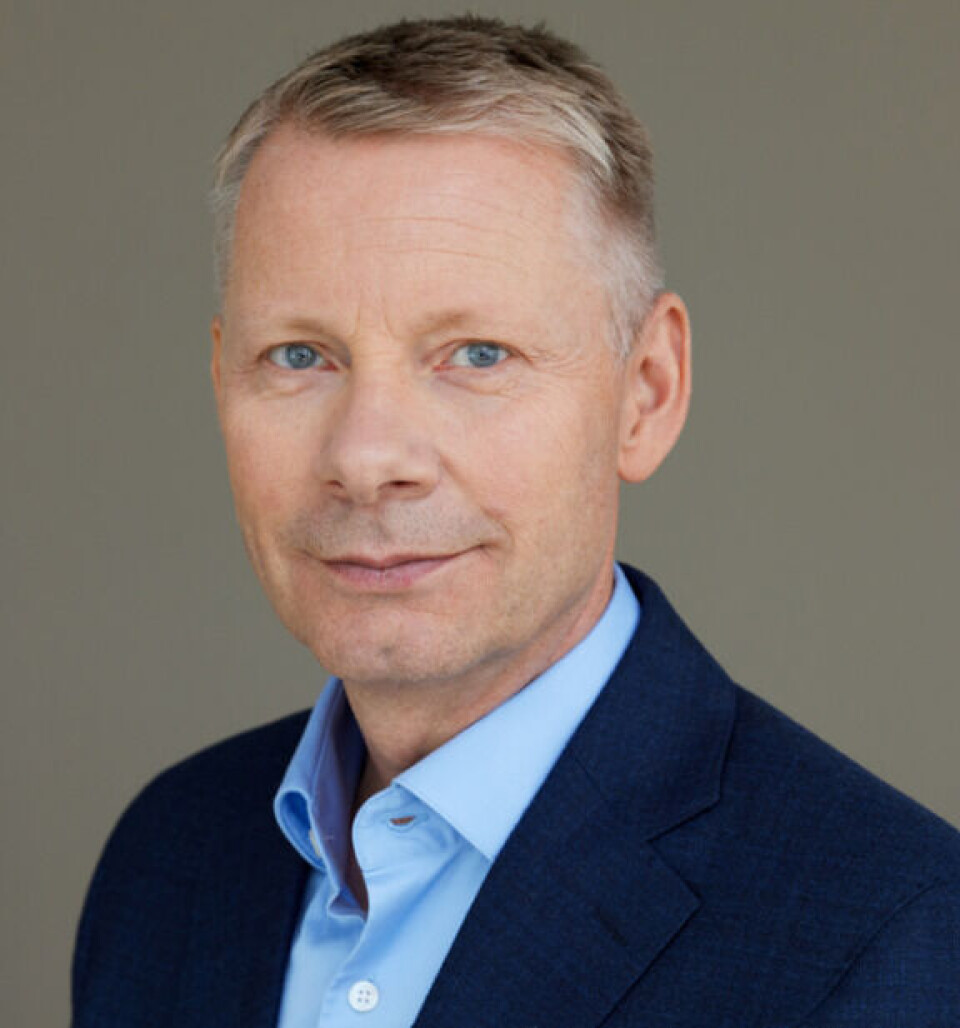
Heavy lice infestation
In a foreword to the report, Hembre said 2024 was the first year since 2018 that Icelandic Salmon saw a decrease in harvested volume, which reflected biological challenges experienced in Q4 2023 and first half of 2024.
“A heavy infestation of lice in Q4 2023 had a significant effect on our harvested volume in 2024,” wrote Hembre.
“To mitigate this and have better control of the lice in the future, several measures were implemented during the year. First, a better coordination of the lice situation with other farmers in our area was executed.
“A contract was signed for a wellboat equipped with a non-medical treatment system on board. This increased delousing capacity, to secure improved control of the lice levels.
“In addition, we continued with preventive methods to keep lice levels down, including lice skirts on the cages, that prevents lice larvae from entering the cages, and cleaner fish (lumpfish) that eat the lice off our salmon.
“For 2025, the Group has signed a contract to implement additional preventive measures, including the Stingray laser. The laser uses advanced camera technology to detect and shoot the lice with a laser beam.
Vaccines
“To decrease the risk in our seawater operations, the Group implemented two new vaccines used on the smolts put into sea in 2024, and going forward. One vaccine targets ISA (infectious salmon anaemia), since it is known that this disease can occur, even if we have not experienced it in our area yet. The other protects against winter wounds, which we have experienced during the colder periods. The ISA vaccine is a pure risk mitigating measure, while the winter wound vaccine is expected to show effect of during winter 2024/25, resulting in lower mortality.”
Hembre wrote that 2024 had been a year of political uncertainty.
“First, a proposed new aquaculture law was put up for vote in the Parliament (Alþingi), that did not go through. This means that the industry is still operating according to the aquaculture law from 2019. The proposed new law included several positive items that would have supported the sustainable development of the Icelandic salmon farming.
“Secondly, Icelandic Salmon was granted a licence of 10,000 tonnes of sterile salmon in June 2024. Unfortunately, this licence was revoked in October 2024. The Group continues to work with the authorities to have it issued again. Greater political predictability is needed for long term growth of Icelandic salmon farming.”
Strong position for growth
Hembre pointed out that Icelandic Salmon currently has licences of 23,700 tonnes maximum allowed biomass, giving the company the opportunity to produce 26,000 tonnes of harvested volume.
“The value chain is well-prepared for this, supported by a robust corporate culture and committed staff,” wrote the CEO. “Most investments in smolt production and harvesting capacity have been completed, though some investment is needed to fully utilise the licences in sea.
“The group is in a strong position for further growth, and salmon is becoming an important part of the Icelandic economy. In 2024, salmon represented 5% of all export of goods from the country. Among seafood products, only cod has a higher export value. With this in mind, we are positive for a sustainable growth for Icelandic salmon production.”
Icelandic Salmon has six salmon farms in three fjords, and has applications for two more farms.







